Google Chromecast 2 review: does the new Chromecast deliver?
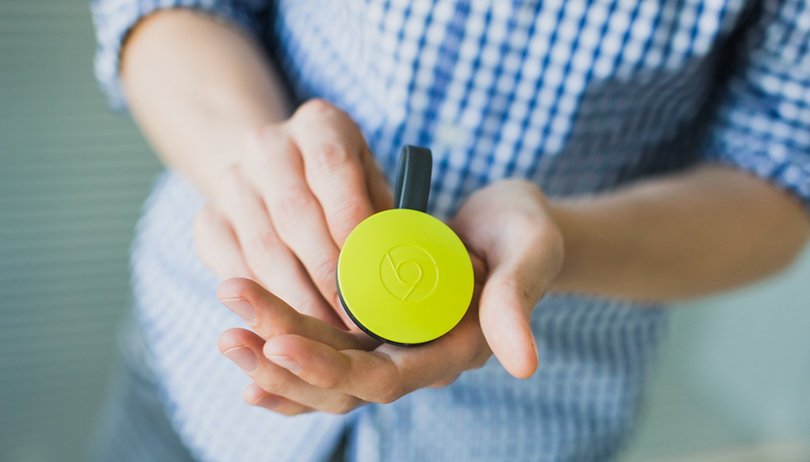

The original Chromecast is a nifty little device that let you wirelessly 'cast' what's on the screen of your smartphone, tablet or laptop to your monitor or TV. You simply connect the HDMI dongle to your TV and pair it with your portable device via a Wi-Fi connection. It has been a roaring success, and now, two years later we have a sequel, the Chromecast 2. Does the new generation provide a credible upgrade? Find out in our Chromecast 2 review.
- Best Chromecast apps
- Chromecast tips and tricks
Good
- Reliable streaming
- Easy setup and operation
- Greatly improved app
Bad
- No separate interface
- No 4K streaming
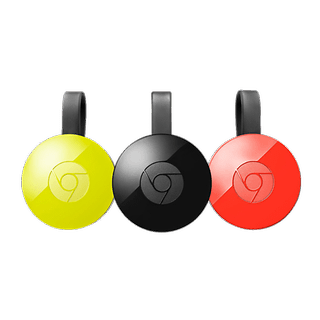
Google Chromecast 2 release date and price
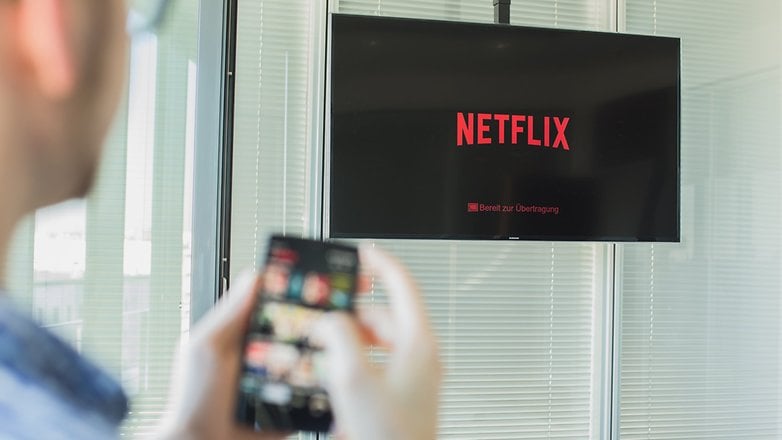
The Chromecast 2 release date was September 29, 2015, and the device was made available in the Google Play Store immediately. The Chromecast 2 price is US$35, including shipping, and a number of free trials to subscription services are offered along with the purchase.
- Buy Now: Google Chromecast from Google Play for US$35
Google Chromecast 2 design and build quality
Google has optimized the design of the new Chromecast. It’s no longer just an HDMI-stick, but an HDMI dongle. The round body is attached to the HDMI cable, which connects to your TV set. The dongle must also be hooked up to a 5 volt power source; some TVs can provide such power, but if yours doesn't, you can use the small power cable that's supplied in the Chromecast box.
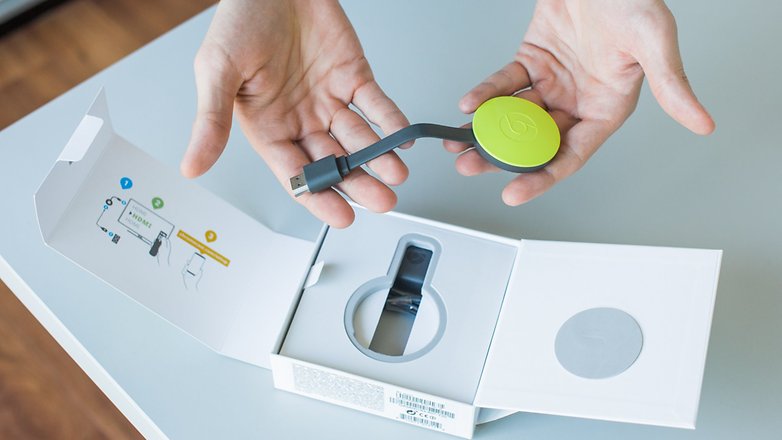
The Chromecast 2 comes in a range of colors: black, yellow or red. We like all three, but as the device is out of sight behind the TV anyway, picking a color isn't a weighty decision.
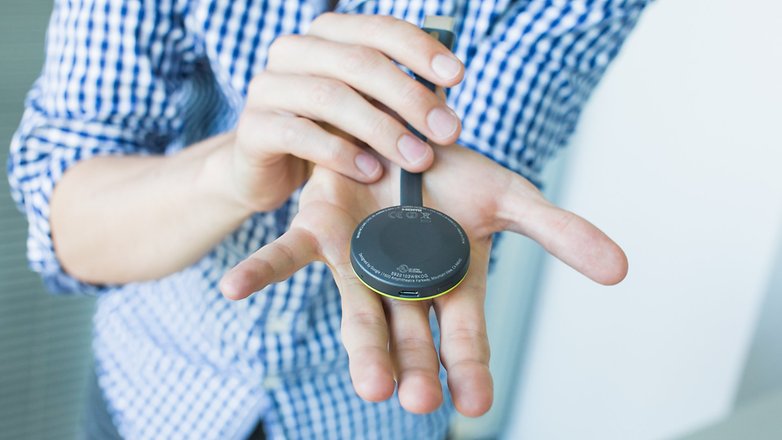
Google Chromecast 2 display
The Chromecast itself does not have a display, so what we are discussing here is the excellent Full-HD, 1,080p image quality it supports. It’s just a shame that so few streaming services provide content at this resolution, because it means you can't take full advantage of this functionality. In these cases, the Chromecast 2 will default to SD or 720p quality. This isn’t a problem with the Chromecast itself and, in time, more media outlets will provide content at higher resolutions.

You may experience some slight glitches when you first start streaming with the Chromecast 2, but they usually rectify themselves. The new Chromecast offsets this problem to some degree by prefetching data before it's cast (a new feature that we talk more about below), but that isn't supported by every app yet.
Google Chromecast 2 software
Pair the Chromecast 2 with a smartphone (including iPhones), tablet (including iPads) or computer on the same network, and you can 'cast' the content of your device onto your TV. The Chromecast comes with step-by-step instructions for the initial setup, and once you're done, you can start watching content right away.
The Chromecast app shows you which of the other apps on your phone it is compatible with, and shows you where to find the Casting button within them.

The Chromecast app is much better than it was before. Google has added a 'What's on' feature, a rotating carousel of cast-enabled streaming services for you to discover. This is how the Chromecast 2 is more akin to a set-top box than a simple screen-mirroring device.
You can scour the catalogs of Sky Online, Netflix, YouTube and more, using your phone as the control, and then begin streaming directly to your TV.

Chromecast can also turn your TV into a giant picture frame to display pictures from Google photos, Facebook or Flickr, among other, as well those saved in your phone's internal storage.
It works well, but the Chromecast platform still feels a little unfinished: the quality of streaming varies enormously between different apps, and despite its renovation, the Chromecast app itself still lacks some features, particularly outside of the US.
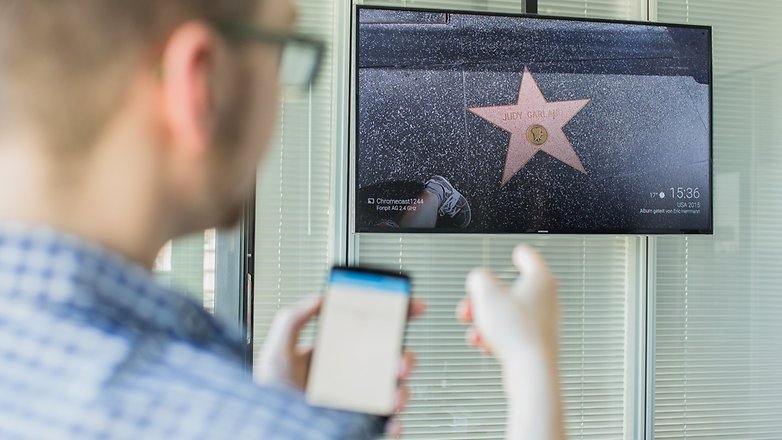
In the US in the app integrates well with third-party services by aggregating content to make useful suggestions from the Chromecast-compatible apps on your smartphone, and provides a 'Watch Now' button so you can quickly view them. The search feature allows you to search for any video content, and Chromecast will show all results relating to that criteria.
Without this discovery functionality, one of the main improved app features, the Chromecast is only a slightly-improved screen-mirroring app. Those outside of the US will be pleased to note that Google does intend to roll out the US app improvements to other territories, and more apps and even Chromecast-specific games are being added all the time.
Google Chromecast 2 performance
Rather than making this section a 'CPU performance' or 'graphical performance' analysis, we decided to look at how capable the Chromecast 2 is at streaming video and rendering it in 1,080p. It performed this task admirably, even moreso than its predecessor.

Thanks to the Chromecast 2’s new Fast Play technology, which has already been implemented into the new Netflix app, the time taken for content to buffer has been dramatically reduced too. Fast Play caches content in the background, so that the media player is not loading it from scratch when you begin playback. Instead the video will begin playing as soon as the app's cast button is pressed. It’s a very clever addition and I hope it is integrated into other apps soon.
The Chromecast 2's wireless performance has been improved over its predecessor. The new Wi-Fi module supports Wi-Fi band 802.11ac which can (theoretically) carry more than enough Gigabits per-second to stream Blu-Ray quality videos.
Google Chromecast 2 technical specifications
- Output: HDMI, CEC (Consumer Electronics Control)
- Maximum output resolution: 1,080p
- Dimensions: 51.9 x 13.5 mm
- Weight: 39.1 g
- Wireless standards: 802.11b / g / n / ac Wi-Fi (2.4 / 5 GHz)
- Power: USB (USB cable and power adapter included)
Compatible operating systems for Chromecast Companion App:
- Android 4.1 and higher
- iOS 7.0 and higher
- Windows 7 and above
- Mac OS 10.7 and higher
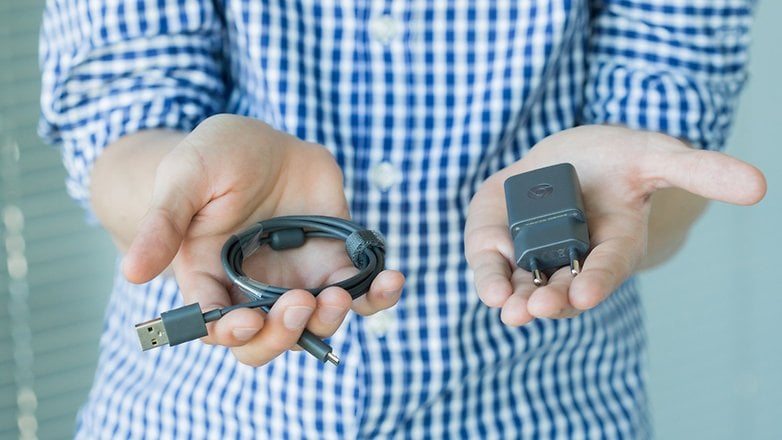
Final verdict
It’s no surprise that the original Chromecast has sold more than 20 million units. It’s cheap, inconspicuous, and easy to set up and use. Numerous streaming providers have expanded their apps to include a casting or mirroring feature to enable them to be used with Chromecast.
The Chromecast 2 offers much the same functions as the original, but improved Wi-Fi, Fast Play and a better app, means it's more powerful and more effective.
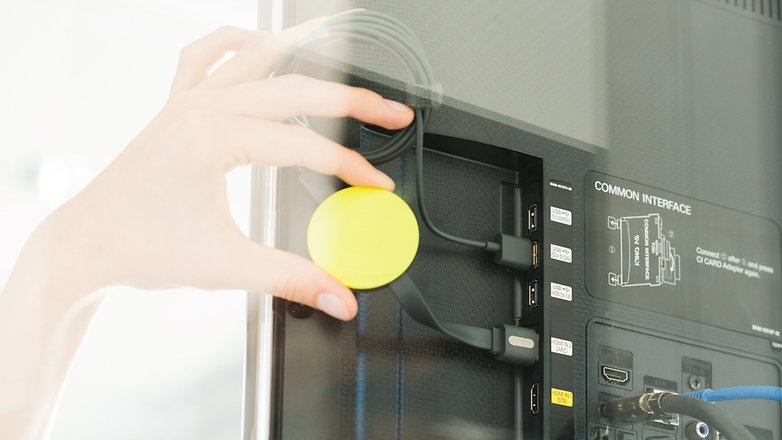
If you want to watch a streaming service you couldn't otherwise access on your TV, the Chromecast is a brilliant solution. With more compatible apps and services being added every day, it's easy to see how this low-cost device could even become an alternative to more-expensive set-top boxes.
What are your thoughts on the new Chromecast? Let us know in the comments.
This article has been completely rewritten since it was originally posted and the comments may not reflect current content.
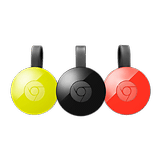






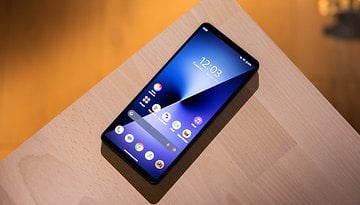
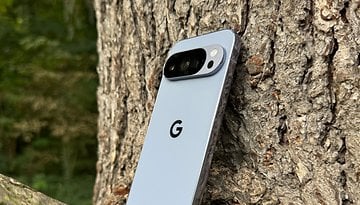
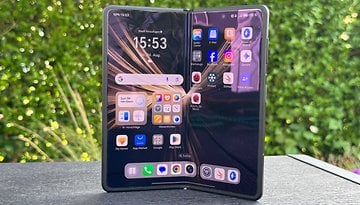
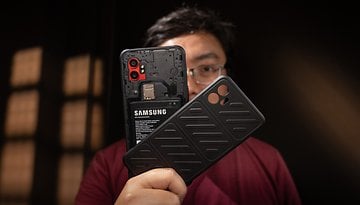
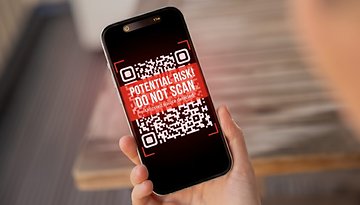
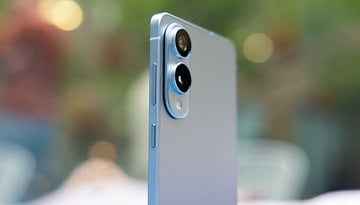
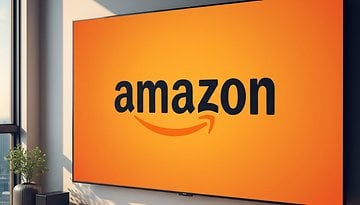
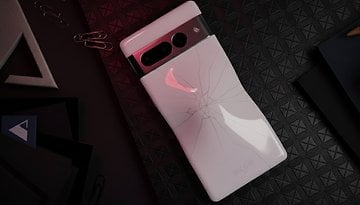
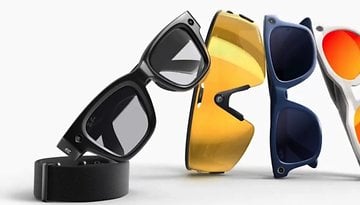
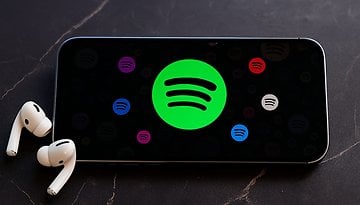
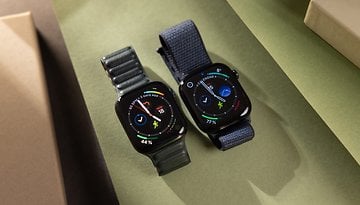
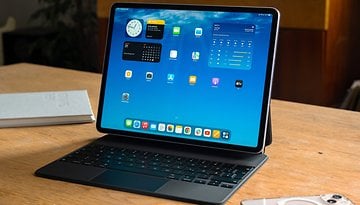


Chromecast is just an amazing little machine.
It easily converts your old TV in a remote desktop for your laptop or android, you can control it with several devices at the same time and if you are streaming from youtube, you can even turn of your devices, it will keep playing.
When in standby, you get beautiful pictures, weather forecast and clock.
The price for this device is really low and I would suggest to buy it to anyone who has a TV with an HDMI port.
I love this little miraculous device!
It transforms a stupid TV into a Smart one, if it could just do it with people, the world would be a better place!
4k streaming is missing point in this product.
Hi i just bought one and its the bees knees so far,news and views will be great ..thanks,Taff.
It's well worth noting that there are over twenty thousand (20,000) cast-enabled apps!!!
Google Cast is by any measurement an industry standard.
Hola, agradeceria si me pudiesen responder si el podria chromecast funcionar en la ONU feelnology tv bgh, Tiene puerto Hdmi Pero Lo Que No Se Si en Argentina sí Aplica el chromecast.
Pregunto PORQUE según rubro AndroidPIT el this Aparato bueno y lo del quiero comprar. Espero do Respuesta, muchas gracias !!!
hola Daniel
En principio no tendras problems todo lo que necesitas es una coneccion internet y un hdmi en tu televisor y para que sea mas comfortable un USB en tu televisor sera el bienvenido por la alimentacion energetica del Chromecast (sino tendras que enchufarlo al corriente mediante un adaptador que te entregan en la caja del Chromecast.
So, I see that this was posted a day ago... was it written a year ago, and then you just delayed publishing it? Because I don't know how you could have possibly missed, I dunno, 90% of the most important features?
First off, screen mirroring. You misused it when you said native chromecasting 'mirrors' your screen, it doesn't, casting a YouTube video will highlight this right away. Chromecast enabled apps use a separate interface (you got that part right) so they can act as a *controller* for the content. Backing out of the app, contrary to what you said, doesn't end casting (again, look at Youtube for an example).
Now, chromecast CAN also mirror your devices screen directly. This means it can display *any* content, in *any* app, running on your device. This is also possible (and fairly trivial) on computers. This is important because it increases the number of things you can do with chromecast from 'stream content from specific providers', to 'do literally anything on your television that your computer or phone is capable of doing'.
Among the things I've used this for? Playing Super Smash Bros and Mario Kart 64 (both of which require split-second reaction time) in an emulator, on my phone, *wirelessly*, with an Xbox 360 controller (plugged in via a USB OTG adapter). Name me another device that lets you wirelessly play N64 on your TV.
Obviously this increases the use base out to near-infinite possibilities, some of the other things I've done are 3d modelling and graphic design on the big screen (with 3dsmax and Photoshop), played accelerometer-based racing games (making my phone basically the steering wheel for a near-life-sized racecar) and of course, browsing the internet.
The "you can't play local content" remark is too ignorant to deserve a response, I've been streaming local content since the first day I got mine.
Better still, I stream content directly from my Google Drive folder, and from Vuze via DLNA, plus from my Synology (NAS) using a nice app I found (CloudCaster). So not only can you stream from specific authorized apps, you can also stream local content, cloud content, your desktop, and your phone. As a matter of fact, I don't think there are any other things you could stream if you wanted to, with just the one app, but if there was, it would just be a matter of installing an app and *voila*, problem solved.
Final point I'll make; You don't need to already be subscribed to Google Play Music All Access, or Netflix, since you get free subscriptions to both (at least, I did, when I bought from Amazon). 60 days of all access, 3 months of Netflix.
I don't know why you'd write an article without doing at least a little bit of research first. I mean seriously, Google 'chromecast local content' - that tiny amount of effort is all it would have taken to realize you were wrong about one of your major points, and fix it before publishing.
Is Es file manager a good solution for playing locally stored content from your phone. Also does playing local content consume data? Do we need an active internet connection while playing local content?
I have to disagree with the cons. For the price and ease of use, Chromecast blows Roku, AppleTV, and FireTV out of the water.
Can be laggy/stuttery? I had similar issues with Netflix, Hulu, Pandora, etc. I came to find out it was my ISP. I had the most basic slow package. When I upgraded one tier higher/faster, I have no issues streaming. If I stream locally from my laptop to the CCast, it only stutters when I am doing other intensive stuff at the same time on that laptop.
Some use case limitations? - There are dozens and dozens of services providing Casting ability now. Movies, sports, music, web casting, phone screen casting, etc. What more limitations could there be?
No dedicated interface? - I appreciate no dedicated interface because the app or service dictates functionality. My experience with my old Roku was horrible. Every app had pretty much the same interface, and it was extremely laggy. With the CCast, when I have an app on my phone or tablet, all i have to do is hit the "Cast" icon in that app.